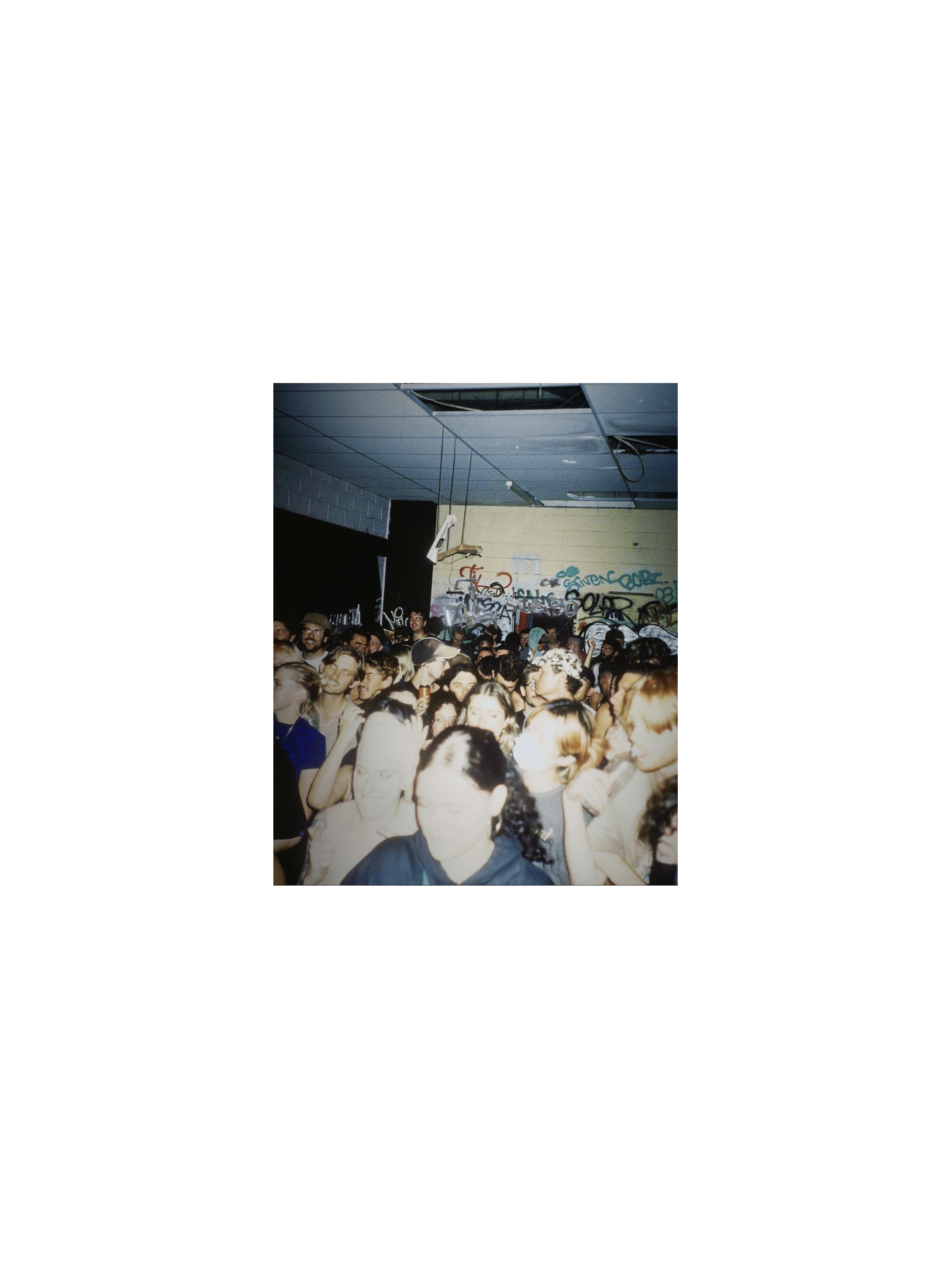- vr painting


I decided to Instagram message Manards, a fictional designer combining his background in graffiti, classical fine arts, and graphic design in his unique portfolio. I came across his work on Behance and was instantly mesmerised. I couldn’t find a lot of information about his processes and his workflow so decided to message him on instagram. He provided me a lot of useful information and I will continue to use this research to delve into the world of messy interface further. The main link between his work and our brief is that he creates his futuristic three dimensional design from a reconfiguration he creates of famous “grandmaster” paintings in the idea of them centuries ago actually being exposed to computer softwares and programmes. This is a real life example of juxtapositioning analogue and digital works. The original painting therefore being analogue and Manards design being digital. A messy interface.








To the right is a colour palette I have created colour dropping colours from of his pieces and editing them on nomad sculpt.








photographer:
annabel's.pics

 |  |  |  |
|---|---|---|---|
 |  |

plan to message photographers that are showcased on this instagram to the left. To collaborate and experiment with this mixed media approach
Parts of the brain that light up when hearing music
How does your favorite song get from your ears to your brain? Here are the basics:
-
Sound waves from an instrument or a sound system reach the outer ear.
-
In the middle ear, the sound waves cause the eardrum and tiny bones to vibrate.
-
The middle ear passes these vibrations to the inner ear.
-
The inner ear includes the snail-shaped cochlea. Inside the fluid-filled cochlea are 20,000–30,000 tiny hair cells. These hair cells are of different sizes that react to different tones and pitches.
-
The inner ear translates vibrations into electrical signals.
-
The electronic signals are carried into the brain by nerve cells called neurons via the cochlear nerve system.
-
The signals travel along the cochlear nerve system to the brain’s cerebral cortex. Like a supercomputer, this part of the brain.
-
Other areas of the brain add their power to analyze different elements within the music, such as rhythm, pitch, and dynamics.
The belt and parabelt are located on the right side of the brain. They are mainly responsible for figuring out a song’s rhythm. When creating rhythm by tapping toes or beating a drum, the motor cortex and cerebellum get involved.
The recognition and understanding of pitch and tone are mainly handled by the auditory cortex. This part of the brain also does a lot of the work to analyze a song’s melody and harmony. Some research shows that the cerebellum and prefrontal cortex contribute, too.
Research shows our brains create expectations when listening to a song. For example, it would figure out if a beat is steady or the melody makes sense. But we especially like it when songs surprise us with smart, quirky changes. This analysis takes place in the brain’s prefrontal cortex.
Music has the power to trigger feelings in listeners. Three main areas of the brain are responsible for these emotional responses: nucleus accumbens, amygdala, and the cerebellum.

all the eardrum photos looked disgusting and wouldn't work well for this experiment - and later on when experimenting for projections as nobody wants to see this when dancing
eardrum
The more I research into this the more it became apparent that this was saying off from my initial brief of taking the architecture of the mill and creating visual responses to this. Therefore I stopped at this point as I didn't want to side track.
This is an interesting concept and one I would like to pick up in the future



Rule :
photography must include :
a human / humans at a music event
- with an industrial/ abandoned background
= and then I can insert elements of 3D
3D elements are the fusion of industrial materials inspired by ' the mills ' past industrial life.

photographer:
glesgaonfilm
The gif is made up of lots of different screenshots of the 3D blend moving place slightly in each photo. That I layered to create a moving image/ gif. It feels like the metal is almost slotting into place within the human. I find this very visually interesting












I wanted to focus on the collaboration in this project as the mill is a building that really is the epicentre of unity of people and experience. Including there photography work within my outcomes, I will be providing them full credit and editing them with 3d elements.
How could I incorporate this into layering visuals and give it more movement within other moving visuals - afterffects experiment I did below





















will show final moving image effect in my VR development
